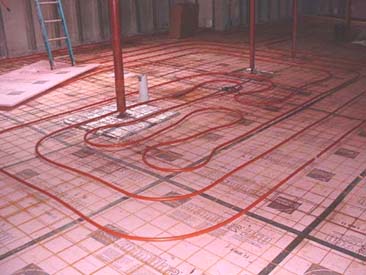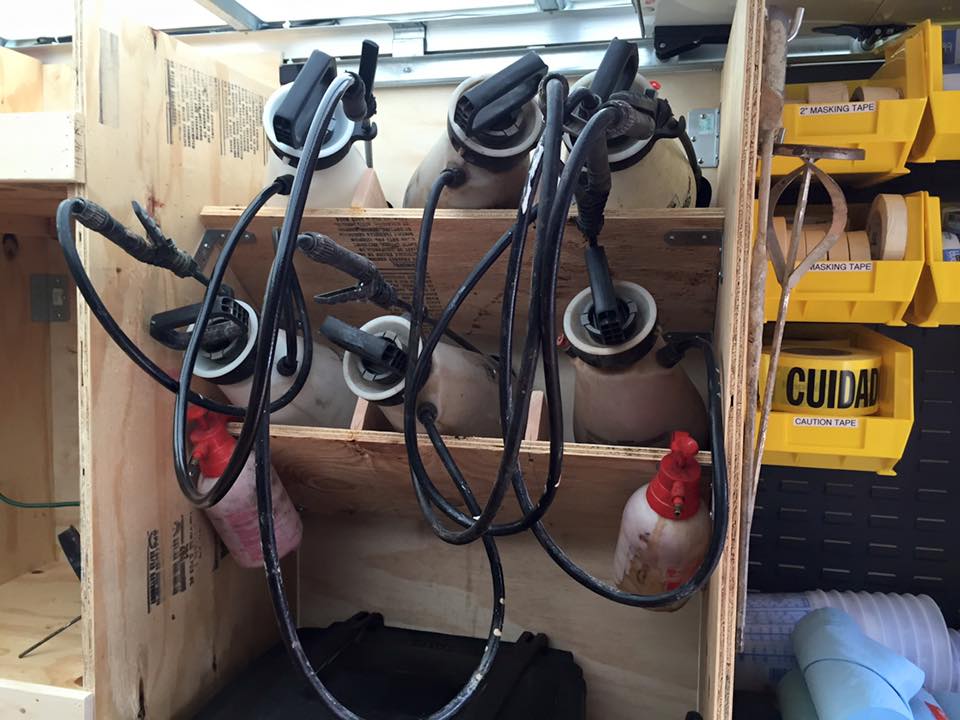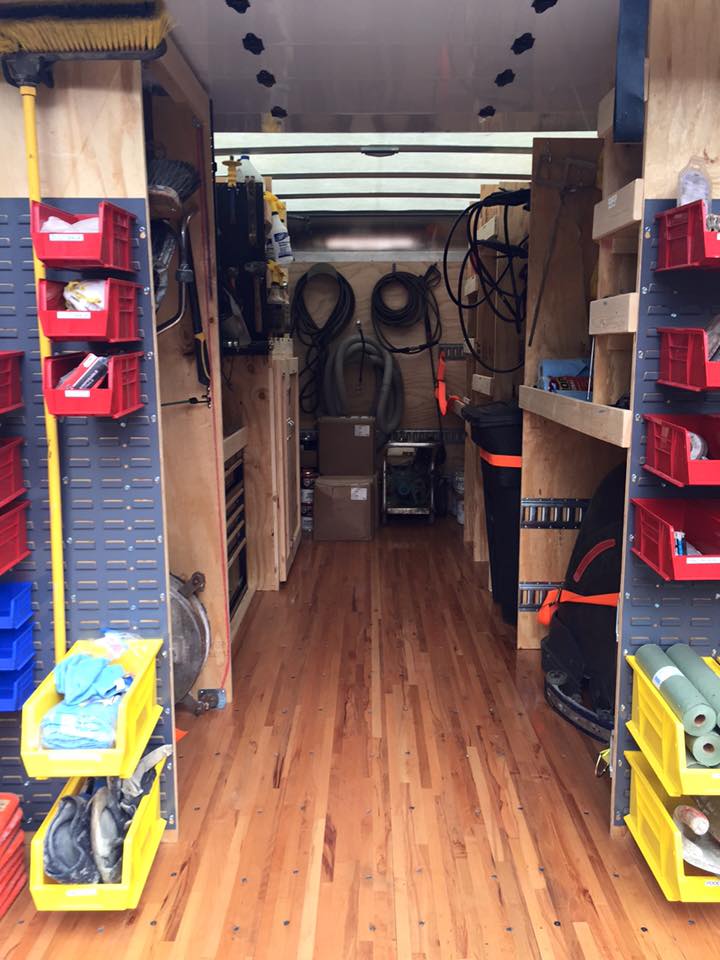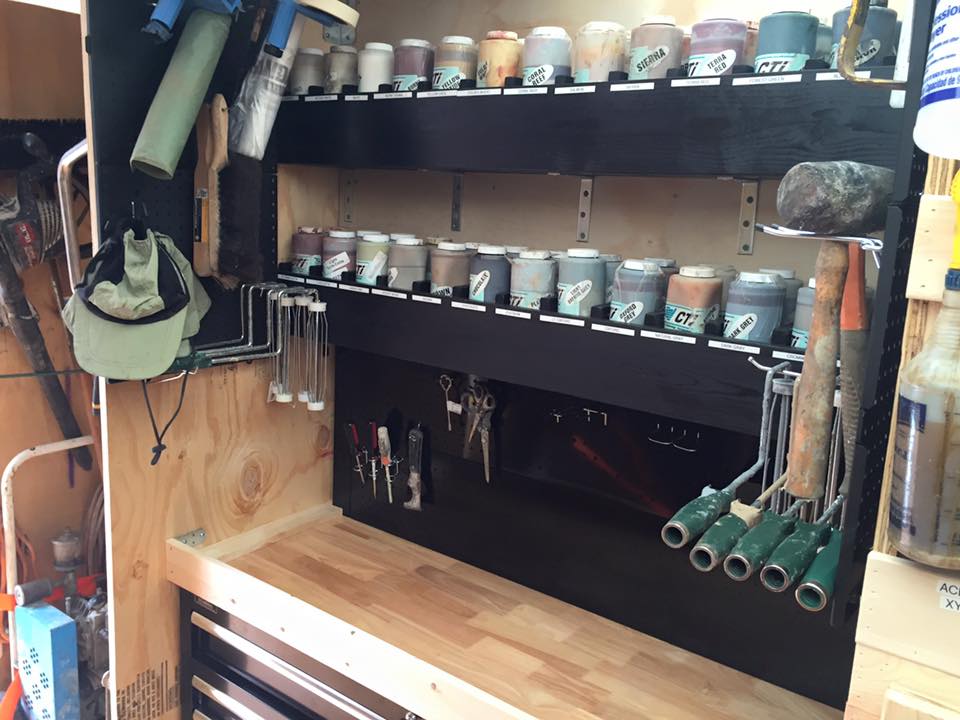Word of mouth advertising is one of the most effective and profitable for a business. Word of mouth advertising comes from your Dealership offering the following:
- An agreeable buying experience for the customer
- A top quality installation
- An education for the customer on what the product can do and can’t do
- Ongoing follow up to insure future satisfaction from your customer as well as giving your customer a chance to give you referrals.
With this said, your first area to examine is how your customer buys from you. This starts with how the phones are answered, how your Dealership looks regarding your trucks and how you and your crew is dressed. Did you show up for your initial appointment on time? Did you complete the job on schedule? How do you leave the job when it’s done? All these factors help determine whether how a customer feels about their overall buying experience. This is one of the most important factors as to whether you’ll get referrals or not.
Second, is the installation quality, this is a two-edged sword. On the one hand, the perception of the customer can work for you since your customer’s job is normally the first one they’ve seen in reality. This excitement normally overcomes any small inconsistencies you develop during the job and the customer satisfaction is normally the easiest part of the whole equation. The other side of the coin though is that particular customer you may run across. Are you doing everything within reason to satisfy this customer? Too many times we are trying to get the job done quickly so we can get paid and get on to the next job. A fussy customer can sometimes be your best referral if you take the time and work with them to insure their satisfaction.
Third is the ongoing satisfaction from the customer. This is best accomplished by educating the customer about what to expect from the product. Basic things such as telling the customer to hose the area down periodically to keep it clean can keep your customer happier than the one who feels the product should be self cleaning. In addition, explaining to the customer that the product is not bullet proof so if they drag a heavy, sharp object across the area they’re not surprised that it scratches. An educated customer will normally talk about the product more because they understand more about it; this creates the word of mouth advertising you want.
Lastly, is the ongoing follow up. Business owners are hesitant to call their existing customers because they’re afraid the customer may have a complaint. It is always better for the customer to tell you about any concerns they may have than the 7 or 8 friends that could have just as easily been referrals. Calling your customers offers you the ability to diffuse any concerns before they become problems and also provides you with a chance to ask the customer the simple question, “do you know anyone else that may be interested in having their concrete beautified?” Referral business is the key to bringing your Dealership to incredible heights as far as growth and profitability, don’t let this ideal chance pass you by.
Use a follow up system that insures each customer receives the same attention, an example would be:
- 2 weeks after the sale, send the customer a thank you note
- 30 days later, a questionnaire mailed out asking the customer for the thoughts on their experience with your company.
- 2 months later offer a special for existing customers only (10% off any job over 300 s/f)
- 90 days later, a request for referrals.
- A birthday card on the anniversary of their installation. This also serves as a reminder for the re-sealing every two years.



 order where they are grouped together as needed is a way to make your crew more efficient. Before the start of any project, go through the checklist of items that could possibly be needed on the project and make sure the trailer is stocked completely before leaving for the job site. This extra time spent organizing everything you need will save trips back to your warehouse (or worst, having to purchase items you already have) due to not having items while on the job site.
order where they are grouped together as needed is a way to make your crew more efficient. Before the start of any project, go through the checklist of items that could possibly be needed on the project and make sure the trailer is stocked completely before leaving for the job site. This extra time spent organizing everything you need will save trips back to your warehouse (or worst, having to purchase items you already have) due to not having items while on the job site.

